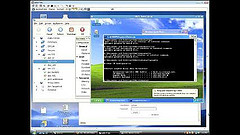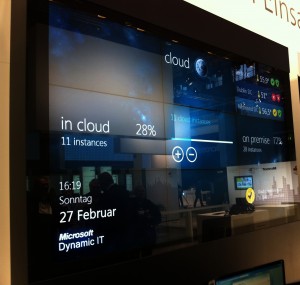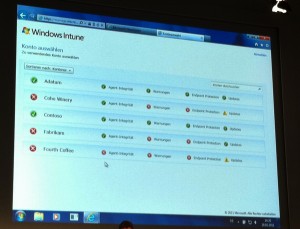 So many statistics out there about when we’ll adopt the cloud. Some may suggest that it’s years away, that by 2013 only small bits will be there. Others say, that many organizations are there today. What are you to believe?
So many statistics out there about when we’ll adopt the cloud. Some may suggest that it’s years away, that by 2013 only small bits will be there. Others say, that many organizations are there today. What are you to believe?
For the sake of argument, lets separate public cloud services like Google Docs and Salesforce.com and stick to the idea of private cloud — that is, the idea of building a set of services not unlike the public cloud, inside the firewall. Think of a portal of services you’ve built out on virtual machines providing you and your users with fixed costs and resource flexibility.
It sounds wonderful and there is a lot of upside to building a private cloud, but like anything else, there is expense involved. There is at least a couple of layers of technology you need to lay on top of these services offering (not the least of which should be business service management, ahem).
That’s why I was surprised to read a list of IDC predictions for 2011 — we are talking this year, not some nebulous point way off in the future — that the private cloud would mature in 2011. To be precise, IDC predicted that “Private Cloud Plans Will Mature, Dominate the Enterprise Infrastructure Software Agenda in 2011.”
That’s a pretty bold statement when you consider that a lot of companies still don’t understand the difference between the public and private cloud yet. Many remain wary of it for a number of reasons and it would require a significant change in direction for many IT departments.
Do I think companies are discussing it? I definitely think many CIOs are having conversations with their staffs about building private clouds, but change happens slowly in most IT departments.
In spite of the rapid pace of technological change going on all around us, I think it’s a bit unrealistic to think that what is basically a new technology will mature and dominate. Perhaps discussion will begin and maybe even some sand boxing. Perhaps companies will put forth a plan of attack, but to expect it to mature and dominate as IDC predicted is highly unrealistic to me and is counter to the way I’ve learned IT departments move, operate and absorb change.
Photo by gareth1953 on Flickr. Used under Creative Commons License.




















